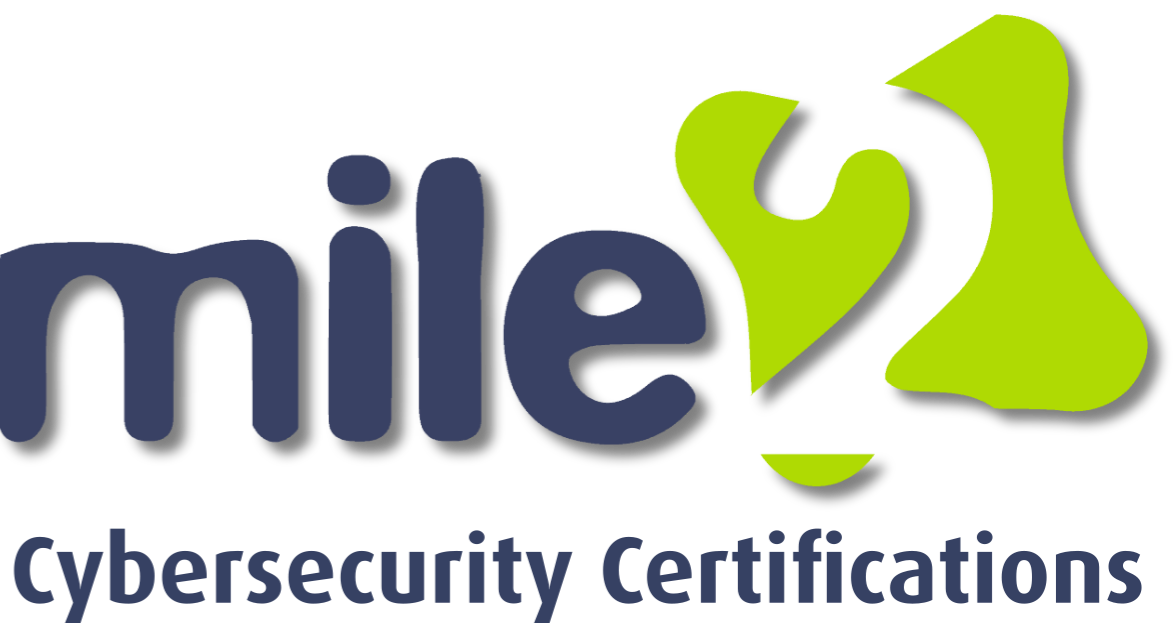Caleb Kiser
Forum Replies Created
-
AuthorPosts
-
Caleb Kiser
ParticipantOperational procedures are super important for keeping a company running without chaos. One key procedure is having a solid incident response plan. Basically, it’s a clear set of steps the company follows when something goes wrong, like a security breach or a system crash. This helps everyone act fast and get things back to normal before it gets worse. Another important one is regular training for employees, especially around security and company rules. When people know what they’re supposed to do and understand the risks, they’re less likely to mess up and cause problems. The book points out that having these procedures in place not only helps things run smoothly day-to-day but also protects the company from bigger issues later on. In the end, good operational procedures make things consistent, reduce risks, and keep everyone working together, which is super important for any business.
Caleb Kiser
ParticipantWi-Fi has improved a lot over the years, with each new standard offering faster speeds and better coverage. The early 802.11b was pretty slow, but then 802.11g made things more reliable and faster. After that, 802.11n brought significant improvements in range and stability. Then 802.11ac came around with gigabit speeds on the 5 GHz band, which was great for streaming and gaming. The latest standard, 802.11ax or Wi-Fi 6, focuses on supporting more devices at once without slowing down. Besides speed, encryption is really important to keep data safe. WEP was the first encryption method but is now outdated and insecure. WPA improved security, and WPA2 became the standard for a long time with stronger encryption. Now, WPA3 offers even better protection, especially against password guessing attacks. As the book points out, using old Wi-Fi standards or weak encryption can leave networks vulnerable and slow.
Caleb Kiser
ParticipantJohn the Baptist didn’t hold back. He wasn’t worried about what people thought; he was more concerned with what God thought. And that’s what made his ministry so powerful. He called out sin, challenged corrupt leaders, and pointed people to Jesus. But let’s be real, his obedience came at a huge cost. He didn’t die of old age in a peaceful setting. He was beheaded in a prison cell because he refused to stay silent.
It makes me ask: am I that bold in my faith? Would I still speak the truth if it meant losing my comfort, reputation, or even my life? That’s heavy. But Revelation 2:10 reminds us that being faithful unto death isn’t the end. It’s a doorway to a crown of life.
John’s story is a reminder that following Jesus isn’t always safe, but it’s always worth it. His courage challenges me to live with the same kind of fearless conviction.
Caleb Kiser
ParticipantHi Isabelle,
I enjoyed reading your post. I agree with everything that you said about printing troubleshooting. I can say from experience that having trouble with the printer is the worst. The ways to troubleshoot that you explained are ways that I have learned in working with a printer for work. Especially when printing booklets, flyers, and posters.
Caleb Kiser
ParticipantHi James,
I enjoyed reading your post. I agree that troubleshooting for mobile devices can be difficult at times. Sometimes the simplest solutions are restarting the device or checking for an update, though. So, before I go to start replacing parts, I make sure that I use the simple troubleshoots.
Caleb Kiser
ParticipantHi Carlos,
I enjoyed reading your post. USB and HDMI are the most common connectors and may be the most important as well. Between all the different types of connectors that USB has, they make life a lot easier for someone who uses them quite often. Both help to simplify things and make things easier to do.
Caleb Kiser
ParticipantPrinter problems are the worst—but thankfully, there are a few solid ways to figure out what’s going on. One common method is software troubleshooting. This usually means checking the basics: is the printer online, are the drivers up to date, and is anything stuck in the print queue? The book points out that outdated or corrupted drivers are one of the top reasons printers stop working. Sometimes just reinstalling the driver or restarting the print spooler can get things running again. Another approach is hardware troubleshooting. This involves looking for physical issues like paper jams, low ink or toner, loose cables, or even something simple like a tray not being fully closed. The book also suggests using built-in diagnostics or printing a test page to help pinpoint the problem. The best approach is usually to start simple—power, cables, and error messages—then dig deeper if needed. More often than not, the fix is easier than it seems.
Caleb Kiser
ParticipantWhen it comes to fixing issues with mobile devices, there are a couple of go-to troubleshooting methods. First is soft troubleshooting, like restarting the phone, closing background apps, or checking for software updates. It might seem simple, but according to the book, many common issues—like freezing, crashing apps, or battery drain—can be solved this way. Then there’s hardware troubleshooting, which involves checking physical components. If your phone isn’t charging, it could be the cable, charger, or the port itself. Swapping accessories or checking for physical damage is a good start. The book also notes that advanced tools like multimeters can help diagnose deeper issues. The key is figuring out whether the problem is coming from the software, the hardware, or even just a setting. Starting simple and working your way up is usually the smartest approach.
Caleb Kiser
ParticipantTwo of the most common cable connectors you’ll run into are HDMI and USB, and they’re pretty much everywhere. These are connectors that I use the most between work and college.
HDMI (High-Definition Multimedia Interface) is what you use to connect your laptop to a TV or monitor. It carries both high-quality video and audio through one cable, which makes things super simple. The book points out that HDMI is great for modern setups because it cuts down on the need for multiple cords—just plug in and go.
Then there’s USB (Universal Serial Bus), which is basically the all-purpose connector. Whether you’re charging your phone, hooking up a keyboard, or transferring files to an external drive, USB handles it. The material talks about different types, like USB-A (the classic rectangle), USB-B (used for things like printers), and USB-C (the smaller, reversible one that’s super fast and used on most new devices).
Both are essential for everyday tech life, especially in an IT-related setting
Caleb Kiser
ParticipantHi Misty,
I enjoyed reading your post. You did a good job of explaining how troubleshooting works, especially for display devices. Troubleshooting can be difficult sometimes, but if you’re patient and you stay calm, you most likely will be able to figure out what the problem is.
Caleb Kiser
ParticipantHi Carlos,
I enjoyed reading your post. You very clearly articulated the differences between input and output devices. I agree with the main difference you explained. Input devices send information, and output devices show results from the computers. At my job, I use what’s called ProPresenter. It’s basically a way of controlling slides for church services. Even for a simple program like that, you have to have the input and output settings set up correctly for anything to work.
Caleb Kiser
ParticipantHi James,
I enjoyed reading your post. You did a good job explaining what physical computer storage refers to. I believe it’s essential for anyone entering the IT field to learn these concepts. All of these storage options play a big role for me at work. I work with a variety of media-related items, and proper storage is essential for ensuring that everything goes smoothly.
Caleb Kiser
ParticipantJust literally today, I was helping run our church’s youth camp and was in charge of the computer that handled everything, slides, videos, lights, the whole deal. During one of the sessions, the power flickered on and off, and the entire display system shut down. It was a perfect real-world example of why knowing how to troubleshoot display devices matters. First, I checked if the monitors were getting power; no lights, nothing. Turned out the surge protector had tripped, so I reset it. Then I made sure all the cables were secure, especially the HDMI and power connections. After that, I checked the input settings on the display to make sure it was pulling from the right source. A quick restart synced everything back up. Troubleshooting display issues really just comes down to starting simple and working your way up. It’s about staying calm, checking one thing at a time, and not jumping straight to assuming something’s broken.
Caleb Kiser
ParticipantInput and output devices are how we interact with a computer, basically, how we give it information and how it gives something back. Input devices are things like keyboards, mice, scanners, and microphones. They let us send data into the computer. For example, when you type or click, you’re using an input device to tell the computer what to do. Output devices do the opposite. They take data from the computer and turn it into something we can see, hear, or experience. Think monitors, printers, speakers, or projectors. A monitor shows what the computer is doing, and a printer gives you a physical copy of a file. The main difference comes down to direction: input brings info in, output sends info out. Some devices can even do both, like touchscreens, which let you tap (input) and see visuals (output) all in one. Understanding the roles they play helps you understand how the whole system communicates.
Caleb Kiser
ParticipantPhysical computer storage is where all your digital content actually lives: files, applications, operating systems, basically anything that needs to stick around even when the power’s off. There are a few main types of storage worth knowing. Hard drives (HDDs) use spinning disks and magnetic fields to store data. They’re affordable and hold a lot, but they’re slower and more prone to failure over time. Solid-state drives (SSDs) are way faster since they have no moving parts, and they’re also more durable, but usually cost more per gigabyte. You’ve also got flash storage like USB drives and SD cards—super handy and portable. Optical storage, like CDs and DVDs, used to be common but is slowly disappearing. Tape storage still exists too, mainly for large backups. Different connection methods like SATA, NVMe, and USB determine how fast and efficiently data moves. Understanding these options helps you know what’s best for different needs and setups.
-
AuthorPosts

